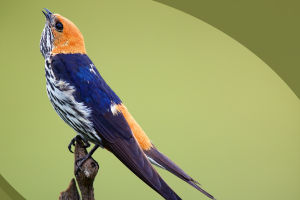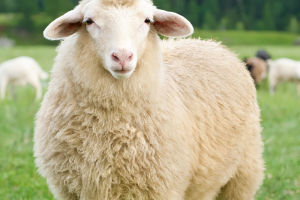Kingfisher is one of the most abundant and widely distributed birds in the family Kingfisheridae.
There are 93 species in this family, which are distributed all over the world.
There are more species in the kingfisher family, and the main species are common kingfisher, white-breasted emerald, blue emerald, spotted-headed great kingfisher, three-toed kingfisher, etc.
In fact, there are many members of the kingfisher family.
Some kingfishers just live by the sea.
The Bounded Kingfisher and Spotted Kingfisher are typical seabirds.
Banded kingfishers are found in the coastal areas of North America and northern South America.
Banded kingfishers often live in the bushes and tree tops along the shore.
The banded kingfisher has an extensive menu, with salmon, shrimp and crab being among its delicacies.
This type of bird always hovers above the water before hunting, looking for underwater prey.
Once it finds its prey, it dives down silently and quickly to catch it.
In the kingfisher's menu, fish and shrimp are often the main course.
Fish fins have large spines and shrimp have frontal swords and chelicerae, so special care must be taken when eating to swallow the delicacy smoothly without getting stabbed.
When a kingfisher eats fish, it first finds a way to adjust the angle of the fish in its mouth until the head is facing the throat, and then swallows it slowly.
During the swallowing process, the fins will close towards the tail without sticking to the mouth and esophagus.
Eating shrimp is a different matter.
The frontal sword and chelipeds of shrimp face forward, so they must be swallowed from the tail first.
Kingfishers not only pay attention to "etiquette" when eating themselves, but also pay special attention to these details when feeding their young, passing the head and tail of the fish into the chick's mouth first.
Kingfishers swallow their food whole, and the bones are not fully digested, so after each full meal, they will spit out the "food pellets" after a while.
The pellets are mainly made up of fish spines, insect exoskeletons or bones from other vertebrates.
Most kingfishers will breed with the same partner for life, and their exact breeding behavior, including nesting sites, clutch size and incubation period, varies by species.
For most species, the average clutch size ranges from three to six eggs per clutch.
Incubation periods and duties vary by species, and in most kingfisher species, chicks begin learning to fly when they are three weeks to two months old.


